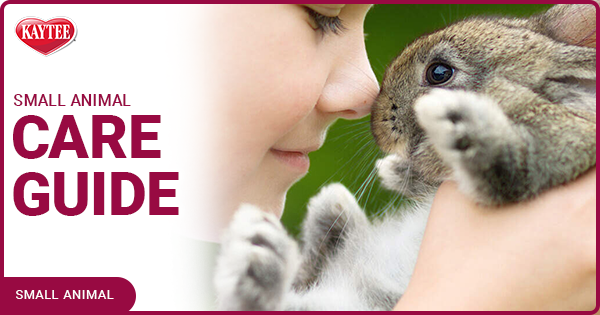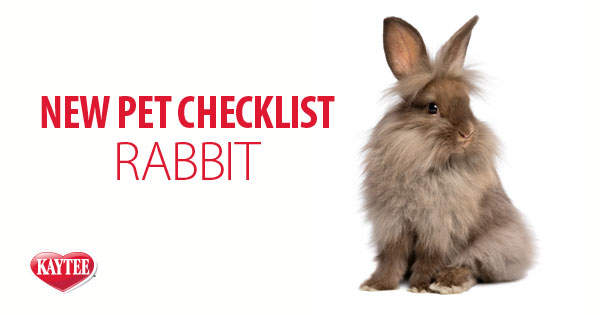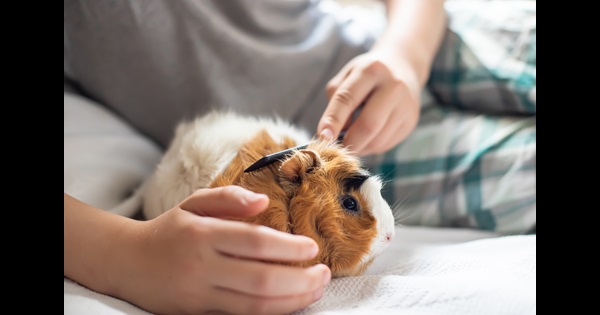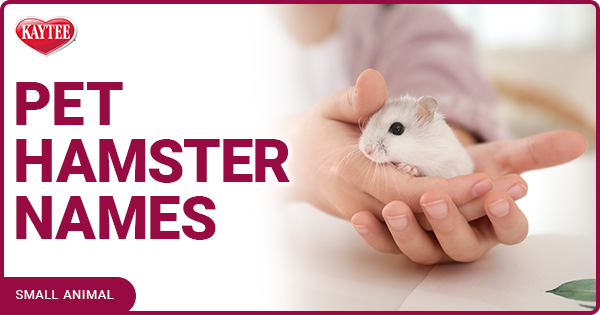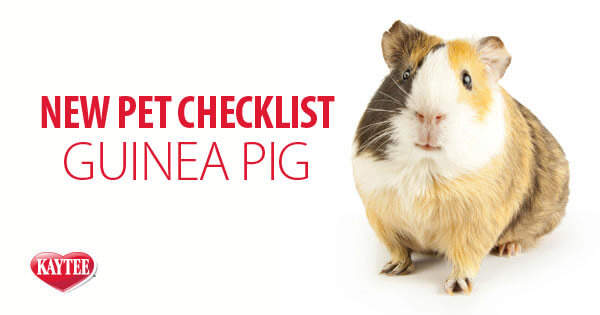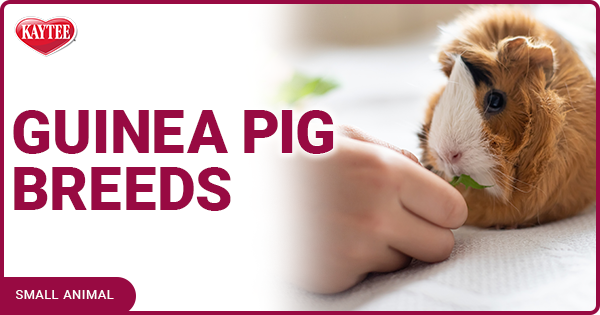Small Animal Care Guide
Which Small Animal is Right For You?
Whether you’re considering a small animal as a pet or recently brought home a new furry friend, Kaytee created this guide to make sure you have a successful and enriching experience.
Small animals are easy to care for and will entertain you with lively antics that melt your heart. By researching small animals, you will be able to choose the best option for you and your family. Some things to consider:
- Which small animals are available?
- What is required for their care?
- How do you handle them?
At Kaytee, we’re committed to helping you provide a big life for your small animal. This means:
- Purchasing a suitable habitat and cleaning it regularly
- Providing the right diet specific to each small animal’s nutritional needs
- Seeing a veterinarian when necessary
- Knowing if your small animal is best kept alone or with companions
Once you decide on a small animal, you’ll need to get some items to make your new pet feel safe and comfortable at home. These include:
- Habitat
- Food
- Hay
- Bedding
- Treats
- Toys
Download the Small Animal Care Guide for more about small animal species and their needs within your home:
Getting Started With Your New Small Pet
The first moments you spend at home with your new furry friend are an important time for you both. Here are some tips to help you start out right.
Build Their Home
- Set-up their habitat in a well-trafficked area that’s away from direct sunlight.
- Place food, water, bedding and toys in your small animal’s new home.
- A clean habitat is essential to the well-being of any small animal. Kaytee offers a complete line of paper, wood, and other natural beddings and litters to keep pets feeling fresh and clean.
- Check the area around the habitat to make sure it’s free from cords, plants, or other objects your pet might try to pull in.
- Visit the Kaytee blog to learn more
The First Couple of Days
- Give your furry friend plenty of time to get familiar with their new home and surroundings.
- Wait a few days before you handle them. You’ll know they’re ready when they roam around freely in their habitat and regularly come out of their special hiding places.
- Move slowly around your small animal so they don’t get startled.
- Every small animal has unique dietary needs. Be sure you are feeding them species specific food.
How To Bond With Your Small Pet
- Take it slow: introduce new people and activities slowly.
- Be a treat dispenser: offering treats (in moderation) is a great way to bond and become friends.
- Accentuate the positive: if your small animal is doing something you enjoy, such as coming to you or performing a trick, reward them with a treat.
- Avoid reinforcing the negative: if your new furry friend is doing something you don’t enjoy, do not reinforce the negative behavior by giving them attention.
- Be consistent: make sure the amount of time you spend with your small animal in the beginning will be something you can sustain throughout their lifetime.
Training Your New Pet
Certain small animals can be trained. Rats are one of the most intelligent small animals and can learn to navigate mazes and even walk “tightropes.” Rabbits can be trained to use litter boxes and walk outside on a leash. Guinea pigs can be taught to sit up and beg for food. However, these tricks take continued time and patience to teach your small animal so don’t give up right away. Always use positive reinforcement. If your small animal enjoys being touched, praise him with extra cuddling. If your pet is food motivated, grab a favorite treat.
Signs of a Healthy Pet:
- Clear bright eyes
- Smooth shiny coat
- Eats regularly throughout the day
- Normal feces
- Interactive and curious attitude
When to See a Veterinarian:
- Appetite loss along with weight loss
- Depressed behavior
- Abnormal feces or diarrhea
- Discharge from nostrils or mouth along with irregular breathing
- Abnormally unkempt coat
- Overgrown teeth or nails
- Abnormal lumps or bumps
